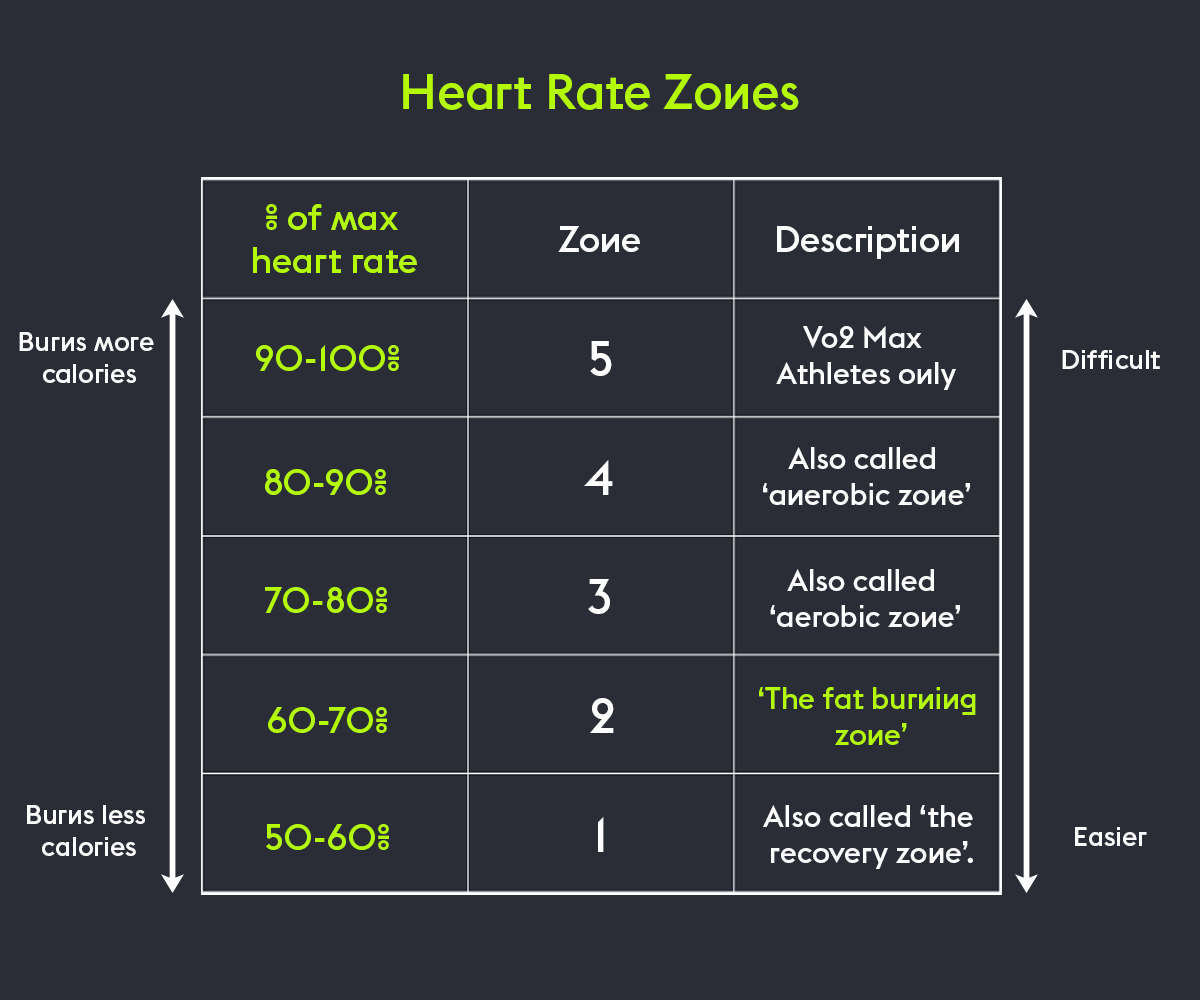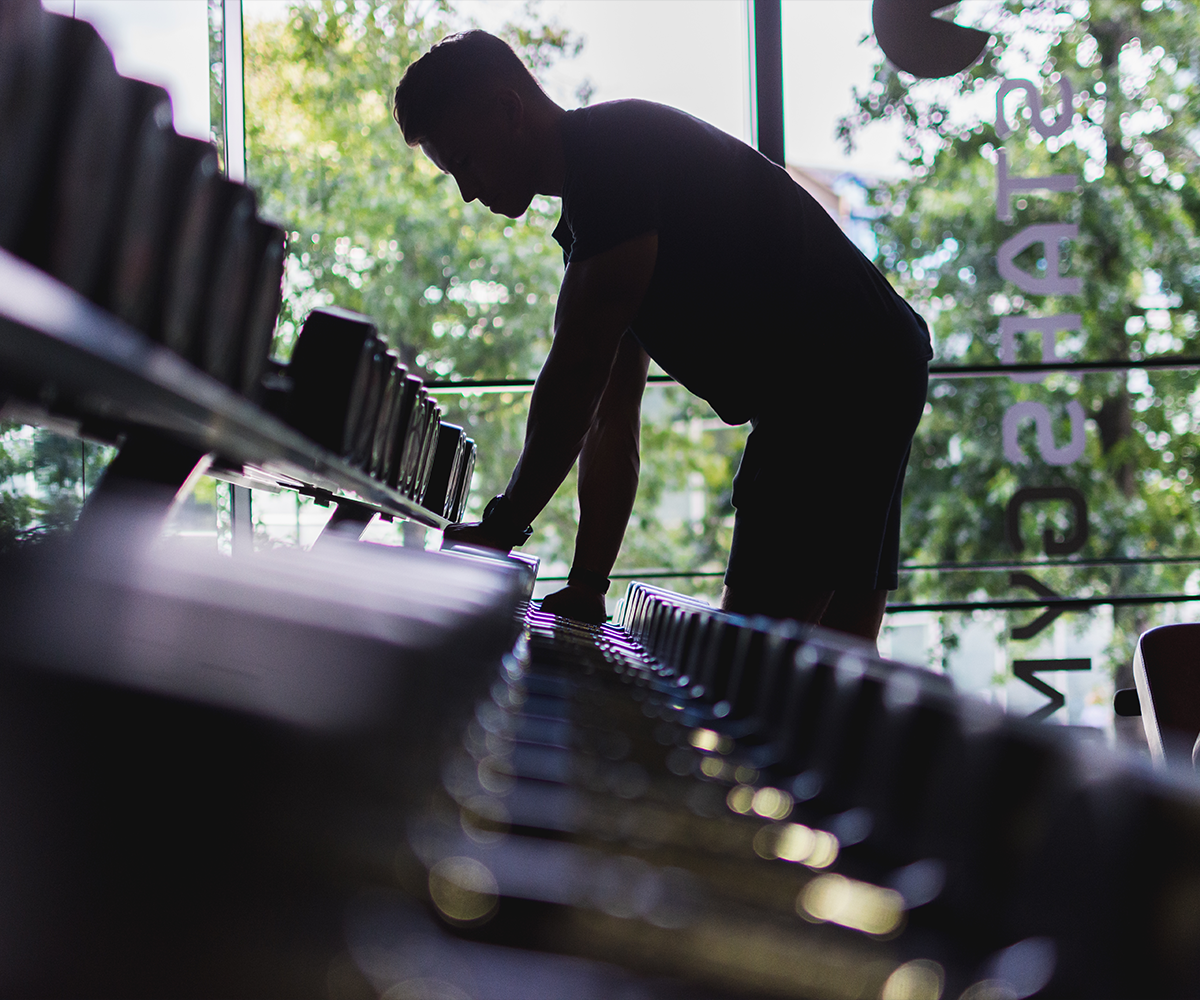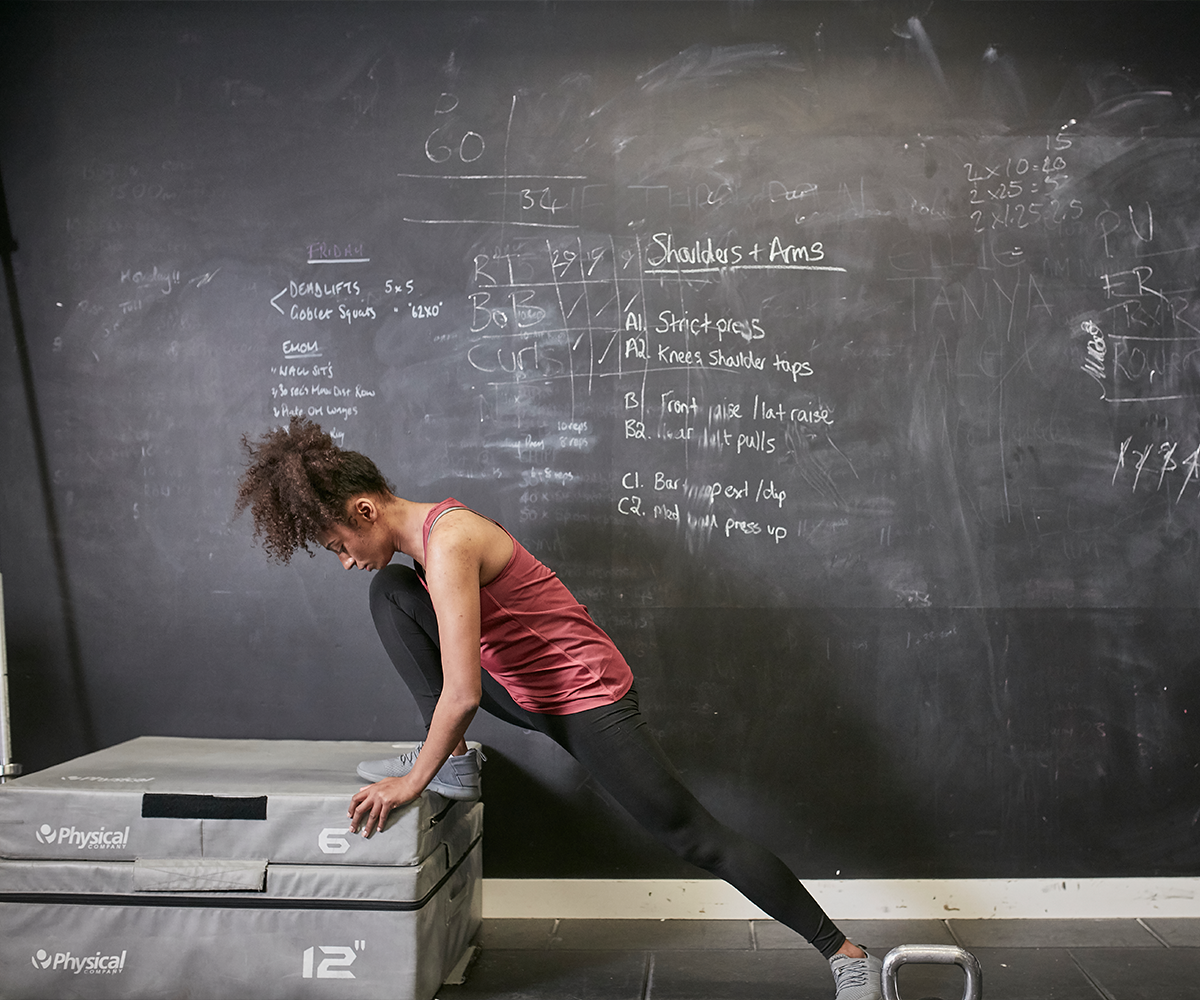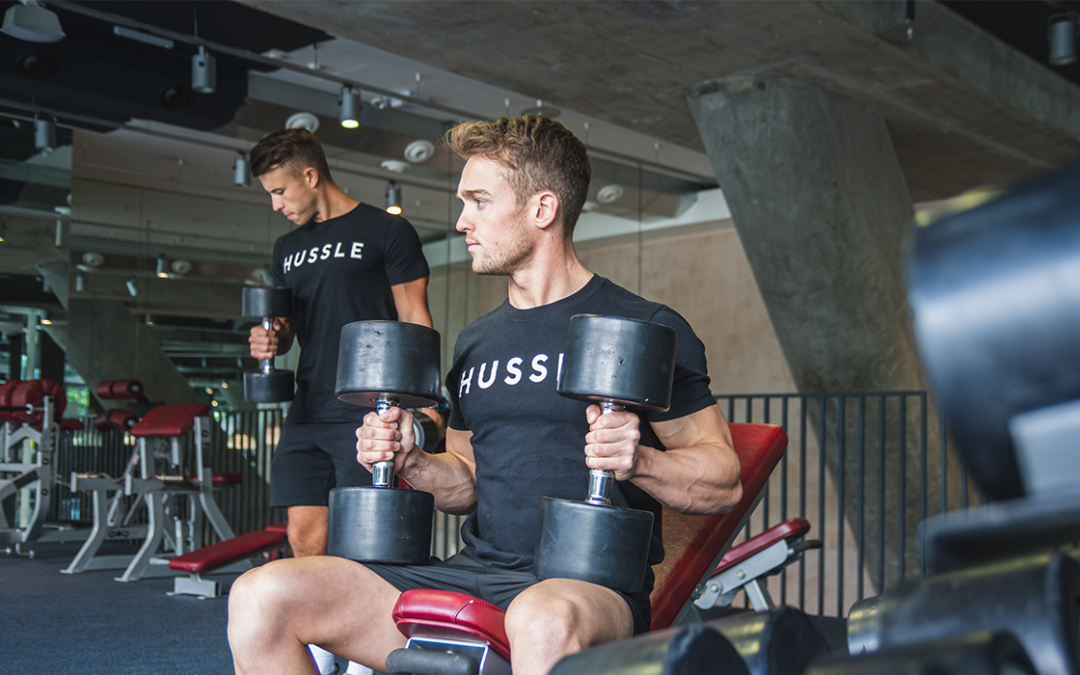Navigating the fitness world is tough. It’s hard to develop and progress with fitness. It takes a lot of effort and a lot of dedication. That’s made harder when there are so many fitness myths circulating.
Fitness myths aren’t usually a downright lie. But misinterpretations or miscommunications of a concept or a statement. It’s important to understand the misunderstanding.
If we do this, then we can continue to progress in the right ways. Moving forward and not taking side steps. So, what are the biggest fitness myths out there that we may have fallen for?
The fat burning zone
It’s often stated that once you reach a specific heart rate, then you enter the fat-burning zone. It’s claimed to be around 60-70% of your maximum heart rate. This makes it sound like by entering this zone, you’re blasting the fat on you more than at any other heart rate and will walk out of the gym with less of it on you. Not quite.
Your body converts either carbs or fats into energy for you to use. The source it chooses often depends on what’s readily available. Carbs are a lot easier to convert than fats. If you’ve just had a big bowl of porridge before you work out, it’ll be using those readily available carbs to fuel itself. If you’re working at a really high intensity, it’ll probably convert more carbs as they are quicker to convert.
When you’re exercising in the 60-70% heart rate zone, you’ll likely be converting more fat than carbs to use as energy. Your body sees it as more efficient; it has the capability and the abundance to use it. But that doesn’t mean that you burn more fat working in this heart rate zone than you would in a higher one. It’s just the ratio of fat/carb burn might be a little different.
At the end of the day, the more intense the exercise, the more calories you will burn. If you’re working at a lower heart rate, the longer you exercise, the more calories you burn. Your body needs more energy to do these things. If by using and burning these calories during exercise, you end the day or the week in a calorie deficit because you’re not consuming as many, then you will lose fat. No matter how long you exercise in the ‘fat-burning zone‘, you will not lose any fat if you do not create a calorie deficit through your diet.

The gym machines are better than the free weights
Every bit of gym equipment was made for a reason. It has its place in your workout routine. Ultimately, the piece of equipment you should be using depends on your goals. Free weight and gym machine offer something different. The key is in understanding what.
Gym machines are built to support your form so that when you do the lift, it targets the focus muscle in a more isolated manner. The chest press machine is great for working the pectoralis major.
Free weights are more versatile and allow you to do exercises that recruit multiple muscle groups. It also allows you to have more range of motion than certain gym machines, which will see you follow a fixed pattern of motion. Using the bench press and a barbell works the pectoralis major, as well as other muscles from the upper body and core, to support the movement.
Gym machines are brilliant for beginners. For warm-ups. For isolated exercises. For practising form. Free weights and barbells are brilliant for lifting heavy. Doing the most effective compound exercises. And are more versatile.
So, pick your preference. Use both in line with your routine and your goals. One isn’t better than the other

You have to lift every day to make muscle stay
Recovery is just as crucial to your progress as the days you spend working out. Muscle is made through repair and recovery, so you have to give them the time to do that or risk injury.
Lifting heavy seven days a week is a recipe for disaster. Give your body the physical and mental break it needs.
However, that doesn’t mean that rest days need to be spent lying on the sofa all day. Active rest days describe days when you rest the muscles you’ve been working hard to avoid intense activity but stay active by walking, stretching, or some other low-intensity exercise.
You must stretch before you workout
This is one that was probably drilled into you from P.E lessons at school. You must stretch before you exercise. But the more research that’s done on stretching and it’s benefits, the more confusion and disagreement comes up.
When it comes to increasing mobility, stretching is definitely beneficial. It must be done consistently to produce benefits. Developmental stretching on warm muscles after a workout is a brilliant habit.
However, statically stretching muscles before you work out probably isn’t doing you much good. It won’t improve your performance or your recovery afterwards. It’s much better to start with a gentle warm-up. Getting your heart rate up and getting the blood flowing around your body is a better way to prepare for the workout ahead.

If you work out a certain body part, you’ll lose fat there
You cannot target fat loss. You cannot choose where and at what rate fat leaves your body.
The only way to lose fat is to create a calorie deficit. That means consuming fewer calories than you burn over a prolonged period. If your body needs more energy than you give it, it will convert your fat stores to fuel itself. But where your body chooses to convert from, you cannot control.
What you can do, is build muscle fibres in certain body parts. Strength and endurance training will help you to grow muscle mass and give your muscles a toned appearance.
However, you could have very strong and large muscles, but if you also have a high percentage of body fat, your muscles will not be visible.To get that lean appearance and reveal your muscles, you need to have a low body fat percentage. And having that, you guessed it, is done through burning more energy than you consume. So, if you see exercises that promise a flatter stomach, don’t buy into them.
Armed with your new knowledge of what’s right and what’s rubbish, it’s time to Hussle.



